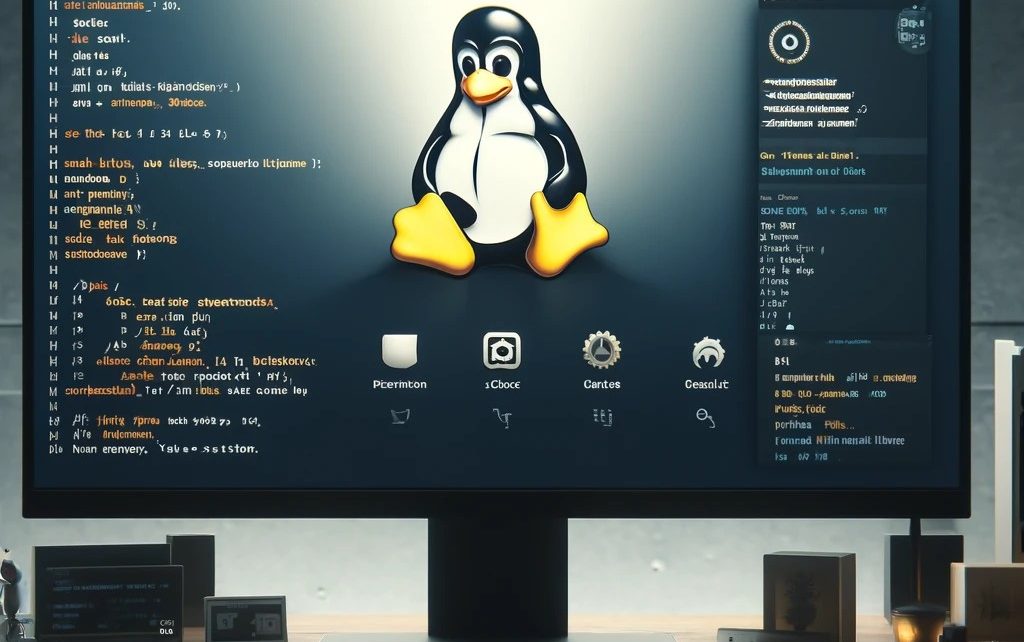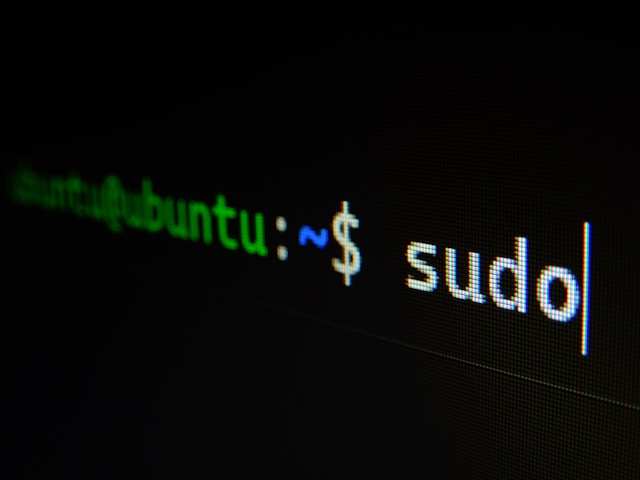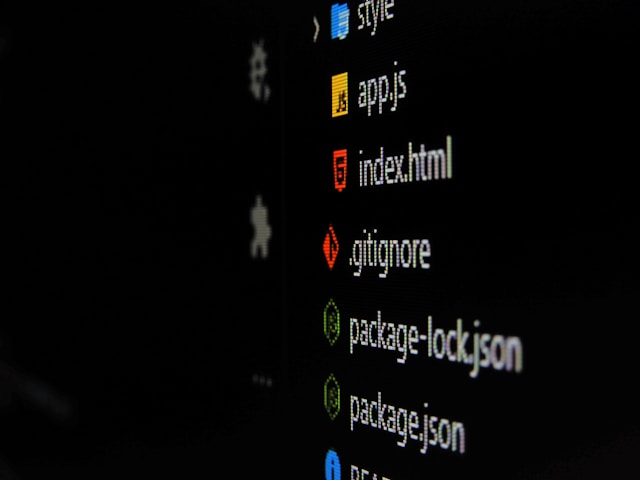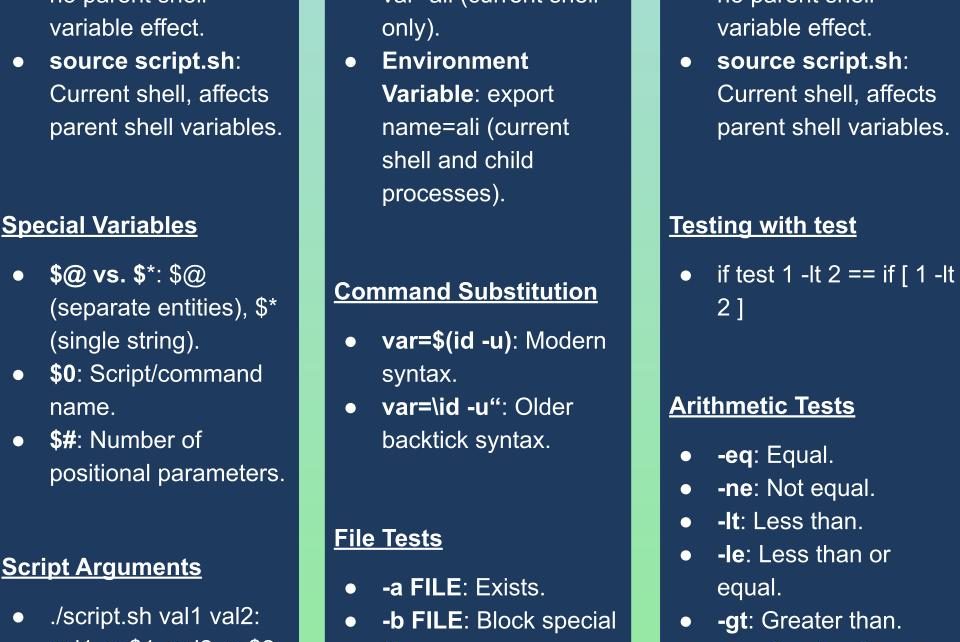Ansible can be used to manage local systems through various methods. You can run playbooks locally using the command line with ansible-playbook –connection=local 127.0.0.1 playbook.yml, configure local execution in inventory files or the Ansible configuration file, or set it directly within playbook headers. This flexibility allows for seamless local automation tailored to different needs and preferences.
Author: Ali Imran
Setting Up Vagrant Machines and Installing Nagios on Ubuntu
This guide provides a step-by-step process to set up two Vagrant machines and install Nagios, a monitoring system, on Ubuntu. It includes detailed explanations of command prompt instructions and covers system updates, software installation, Nagios configuration, and accessing the Nagios web interface.
Using Command Prompt Instructions Effectively
When you run a shell script, you have two primary options:
./script.sh: This command runs the script in a new shell. Any variables set or changed in the script do not affect the parent shell.
source script.sh: This command runs the script in the current shell (no new shell is created). Any variables set or changed in the script affect the parent shell.
Using Command Prompt Instructions Effectively
In this guide, we explore the differences between running shell scripts with source script.sh and ./script.sh, understanding variable scopes, and utilizing special variables like $@, $*, $0, and $#. Additionally, we cover the nuances of exit statuses, file testing with various options, and arithmetic tests. Finally, we compare methods for variable testing and command substitution. Understanding these concepts will enhance your command line efficiency and scripting capabilities.






